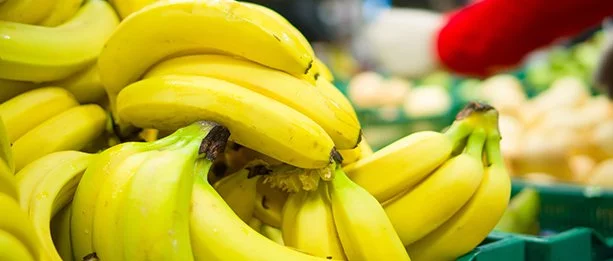
The Banana That Caused My Stomach Discomfort

# The $6.2 Million Banana: Commentary on Art, Value, and Excess
Last night, November 20, 2023, the art world witnessed yet another polarizing spectacle, as Maurizio Cattelan’s *“Comedian”*—a ripe banana duct-taped to a wall—sold for a jaw-dropping $6.2 million during a Sotheby’s auction. The sale has reignited heated debates about the value of contemporary art, the unchecked excesses of the art market, and the blurred lines between parody and participation in its excesses.
## The “Comedian” Phenomenon
*”Comedian”* first appeared at Art Basel Miami Beach in 2019, where it became a viral flashpoint for art criticism and memes alike. Touted as a critique of the art world’s detour into absurdity, it was hailed by some as conceptual brilliance and dismissed by others as a prank on both buyers and spectators. By reducing art to its most banal components—a common fruit and an everyday object like duct tape—Cattelan ostensibly stripped away art’s pretension, leaving the naked question: what *is* art?
But this latest sale suggests that *“Comedian”* has evolved (or devolved) from its original statement to embody the very critique it once made. The record-breaking purchase price of $6.2 million twists the irony on its head: a piece designed to mock the market has now become a pillar of market excess.
## Excess as the New Norm
For many, the problem lies not with the banana but in the ecosystem that elevates such works to stratospheric valuations. The buyer, high-profile crypto investor Justin Sun, reflects the global art market’s increasing entanglement with speculative wealth. The billionaire’s fortune, built in part through digital currencies and non-fungible tokens (NFTs), parallels the economic abstractions that define today’s art world: both thrive on speculative value untethered to physical or material substance.
Art has often served as a playground for the ultra-wealthy, a space where boasting rights outweigh aesthetic considerations. However, Cattelan’s duct-taped fruit pushes the problem to absurd levels, where the relatability of the object clashes with its baffling valuation. For the average viewer, a $6.2 million banana isn’t just ridiculous—it’s insulting, an affront to common sense during an era defined by widening economic inequality.
## The Loss of Irony
What makes this sale particularly thorny is how it erases *“Comedian”*’s potential for irony. When Cattelan first presented the work, it seemed to skewer the art market’s obsession with spectacle and its willingness to assign outrageous value to ephemeral objects. After all, the physical banana is impermanent—it must be replaced regularly as it ripens and rots. The value of the artwork lies not in the fruit itself but in the certificate of authenticity, which allows the buyer to recreate the piece. This strategic absurdity was, for many, a pointed critique of the art world’s detachment from traditional notions of artistic merit.
But the work’s transformation into a high-stakes investment piece flips the script. *“Comedian”* has been consumed by the same forces it ostensibly ridiculed. Its staggering price now outweighs the purported critique; instead of mocking the billionaires, it flatters their preferences. The art becomes less of a protest and more of a trophy. As one critic aptly noted, “The snake has eaten its tail. The mask has become the face. The jester has become the king.”
## The Social Context: Obscene Wealth Amid Real Struggles
Perhaps the strongest backlash to this art sale stems from the real-world context in which it occurred. In a world grappling with acute challenges—from the global hunger crisis to climate change to rising costs of living—the sight of millions spent on a banana duct-taped to a wall rightly stokes public outrage. Art has long been debated as both a luxury and a necessity for society, but such inconceivable valuations pose the question: *whose society does this art serve?*
To some, the purchase feels like a cruel parody of inequality. The concept of a $6.2 million banana simultaneously points to and exemplifies the absurd priorities of the ultra-wealthy. For every bid raised at Sotheby’s, a thought of hungry populations and underfunded artistic programs casts a shadow over the glitz of the auction.
## Is This Art? Broadening the Debate
This controversy also revisits the age-old question: *what is art?* For many, *“Comedian”* fails to meet basic expectations of artistic craftsmanship or intellectual depth. Yet, its value lies neither in its form nor aesthetic qualities, but in its ability to provoke conversation. Whether one considers it “good art” is secondary to its undeniable success